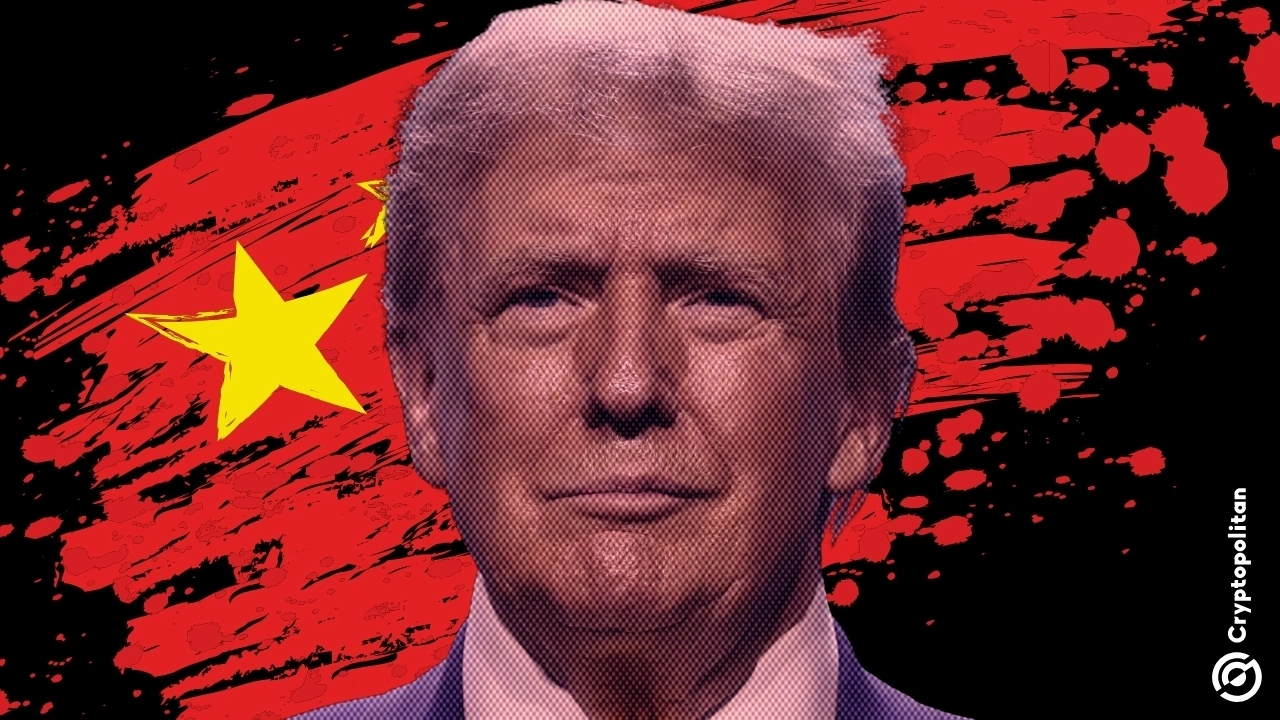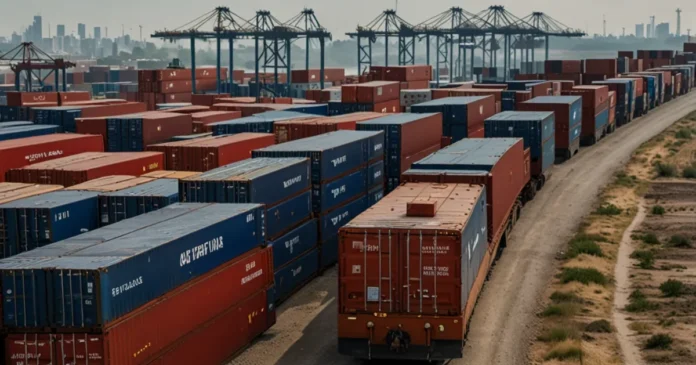President Donald Trump’s astonishing new tariffs on China officially took effect at midnight Wednesday, causing a global market plunge that took the S&P 500 index below 5,000. The tariffs, totaling 104%, are part of the administration’s protectionist trade agenda that has deepened economic hostilities between the US and the Asian nation.
In a press briefing late Tuesday, White House Press Secretary Karoline Leavitt confirmed the implementation of the tariffs, which she described as a necessary response to “years of economic exploitation” by foreign nations, especially China.
President Trump is using his “payback” trade strategy to punish countries he claims have taken advantage of American industries and workers.
Early this morning, China’s Commerce Ministry condemned the decision, calling it “a mistake upon a mistake.” Officials in Beijing promised to impose retaliatory measures and warned that Trump’s choices could severely damage bilateral trade.
China tariffs increased, stock market reacts negatively
Beijing’s refusal to back down from its planned retaliatory tariffs on US exports, which was announced last Friday, gave the Trump administration reasons to bump up Chinese tariffs.
Originally set to increase by 34%, tariffs on Chinese imports were augmented after China announced Tuesday it would proceed with its own 34% tariff hike by noon. In response, Trump added another 50% in duties.
In addition to the headline tariffs, Trump signed an executive order late Tuesday tripling the duty on packages valued under $800 to target Chinese e-commerce platforms like Shein, Temu, and AliExpress.
Previously exempt under the “de minimus” rule, these packages were initially set to face 30% tariffs starting May 2. Trump’s order, which raises that rate to 90%, would affect millions of American consumers who rely on low-cost online imports.
Leavitt defended the move, asserting that Trump “has a spine of steel” and would not be pressured into reversing the tariffs.
“Countries like China, who have chosen to retaliate and try to double down on their mistreatment of American workers, are making a mistake.”
~ said Leavitt.
The US stock market, which had briefly surged Tuesday morning, took back all the positives after Leavitt’s comments. According to Google Finance data, the Dow Jones Industrial Average index dropped 320 points or 0.84%, the S&P 500 fell 1.57%, and the tech equities-oriented Nasdaq Composite slid 2.15%.
In Asian markets, Japan’s Nikkei 225 plunged 4.56%% in Wednesday’s open trading session. Hong Kong’s Hang Seng also tanked 0.53%, while South Korea’s KOSPI and Australia’s ASX 200 each shed around 1%.
The S&P 500 has posted losses for four consecutive trading days, falling below the 5,000 mark to 4,982, for the first time in almost a year. The index is currently down 18.9% from its February 19 peak.
According to LSEG data, S&P 500 companies have lost $5.8 trillion in value since the announcement of Trump’s tariff plan last Wednesday, the biggest four-day market drop since the index was created in the 1950s.
Breaking post-war economic normalcy
Trump’s trade policies are drifting global trade much further from the post-World War II economic consensus, which prioritized open markets and multinational cooperation. Economists and trade analysts worry the administration’s actions are destabilizing global alliances that supported decades of economic growth.
“There is a deep irony in Trump claiming unfair treatment of the American economy at a time when it was growing robustly while every other major economy had stalled or was losing growth momentum. The Trump tariffs are likely to end America’s remarkable run of success and crash the economy, job growth and financial markets.”
~ said Eswar Prasad, a professor of trade policy at Cornell University.
Trump and his advisers, including trade architect Peter Navarro, believe America’s large trade deficits are proof enough that the US is a victim of unfair global practices.
“They’ve taken so much of our wealth away from us,” Trump reckoned on April 2 in the Rose Garden. “We truly can be very wealthy. We can be so much wealthier than any country.”
The United States recorded a $1.1 trillion trade deficit in 2024, the highest by any nation, according to Statista. China was America’s second-largest importer last year, sending $439 billion in goods to the US, while American exports to China totaled just $144 billion.
Still, naysayers argue that trade deficits are not inherently harmful to an economy. The US has run trade deficits every year for more than 50 years while becoming the world’s largest economy. In 2023, the country exported $3.1 trillion in goods and services, outpacing every nation except China.
“There is no reason to think that a bigger trade deficit means lower growth. In fact, the opposite is closer to the truth in many countries,” said Maurice Obstfeld, a senior fellow at the Peterson Institute for International Economics and former IMF chief economist.
Cryptopolitan Academy: Tired of market swings? Learn how DeFi can help you build steady passive income. Register Now
















No comments yet